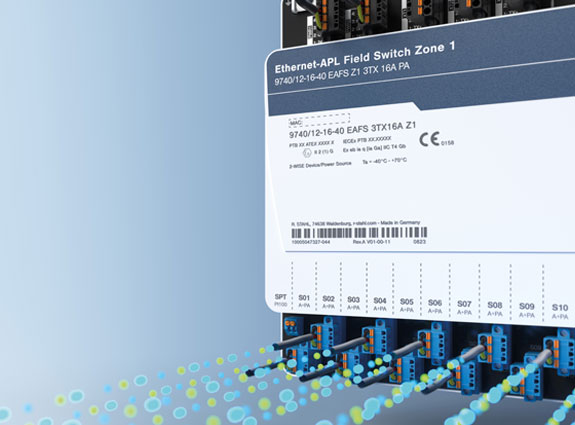More and more countries have published their national strategies to develop appropriate hydrogen infrastructures within the coming 10 to 20 years. For instance in Germany published the national program in autumn 2020, South Korea published a national Hydrogen Law at the beginning of 2021 and the UK publication of the national hydrogen strategy was in August 2021. All these papers is in common that there are not only great expectations for the opportunities but there is now also an appropriate awareness of the safety risks, which has to be overcome by developing a green hydrogen economy.
Example hydrogen: how standards organisations support progress while maintaining a high level of safety
Previously, hydrogen equipment (electrolysers, portable fuel cells and hydrogen extractors) and fuel cell facilities that directly used green hydrogen were not subject to periodic government safety checks. Now, safety assurance will be carried out in three steps:
- technology safety at the design stage,
- an on-site examination upon completion of a facility, and
- annual safety checks.
The hydrogen story is a good example to demonstrate how well the international cooperation between the standardization organisations ISO and IEC is functioning and how the conformity assessment of IEC can support the establishment of a safe and reliable infrastructure.
Considering the typical value stream of the green hydrogen economy it consist of the main elements electrolysis, the transport and storage of hydrogen, the distribution to the end users and the final step of transformation of the hydrogen chemical energy into electrical energy by fuel cells.
IEC Technical Committee TC 105 covers the fuel cell technology. There is a set of brand new standards dealing with safety of portable fuel cell systems IEC 62282-5-100 (May 2019), safety of stationary fuel cell systems IEC 62282-3-100 (September 2020). The new standard dealing with the safety of fuel cell modules approaching the final stage.
Mostly ISO TC 197 covers the rest of the elements of the value chain mentioned above. To get a comprehensive overview about all safety related aspects of the hydrogen generation, transformation, transport and distribution process, the Technical Report ISO/TR 15916 (2015): “Basic considerations for the safety of hydrogen systems” is highly recommended. A new version is right now under preparation at ISO TC 197. The international standard ISO 22734 (September 2019) deals with “Hydrogen generators using water electrolysis - industrial, commercial, and residential applications” Another standard, ISO 19880-1 (March 2020) is about Gaseous hydrogen - fuelling stations - Part 1: General requirements. Both standards are requiring a comprehensive risk analysis at the very beginning of the design of the facility. All detected dangers shall be removed by means of appropriate safety measures.
One of the most important dangers of hydrogen is caused by its easy flammability and its tendency to explode. Therefore, explosion protection is especially in the focus of the safety standard. In both standards, all requirements for the explosion protection are directly referencing to the respective IEC TC 31 standards. There shall be a zone classification according to IEC 60079-10-1, the installation shall follow IEC 60079-14 and there has to be a regular inspection and maintenance according to IEC 60079-17. If the installed electrical and other equipment must be explosion protected, the realisation shall be according to the respective standards for protection methods IEC 60079-0 ff. and IEC 80079-36 f.
With such a perfect consistency between the standards of two different organisations, it is possible to integrate elements of the hydrogen value chain in the existing conformity assessment systems of IEC. Due to the fact, that the IECEx-system is testing and certifying equipment for use in potential hazardous hydrogen atmospheres since many years it should not be too complicated to integrate the green hydrogen processes if regulators require this.
For me this is another example to illustrate the ability of modern global standard organisations to support the technical progress by maintaining a high level of safety.






![[Translate to Englisch:] [Translate to Englisch:]](/fileadmin/user_upload/mitarbeiter/01_DE/07_Blog/00_Allgemein/blog-explosionsschutz-rstahl-startseite-279x205.jpg)
![[Translate to Englisch:] [Translate to Englisch:]](/fileadmin/user_upload/mitarbeiter/01_DE/07_Blog/00_Allgemein/blog-explosionsschutz-rstahl-ueber-den-blog-279x205.jpg)
![[Translate to Englisch:] [Translate to Englisch:]](/fileadmin/user_upload/mitarbeiter/01_DE/07_Blog/00_Allgemein/blog-explosionsschutz-rstahl-autoren-279x205.jpg)
![[Translate to Englisch:] [Translate to Englisch:]](/fileadmin/user_upload/mitarbeiter/01_DE/07_Blog/00_Allgemein/blog-explosionsschutz-rstahl-newsletter-expert-mail-279x205.jpg)
Write new comment